Minimalist homes feel calm, open, and intentional—and a big part of that vibe comes from what’s not in the space. It’s not about having nothing, but about keeping only what’s purposeful and beautiful. If you’ve ever walked into a clean, clutter-free home and thought, “How do they do it?”—chances are, they’ve gotten rid of these 14 things. Curious what might be dragging down your space? Take a look.
1. Junk Mail and Flyers

Minimalist homes never let paper clutter pile up. Flyers, credit card offers, and expired coupons are tossed or recycled immediately. A designated mail station keeps things tidy and decisions happen fast—read it, file it, or toss it. This habit alone instantly makes any space feel cleaner. According to Real Simple, one of the best ways to combat paper clutter is by setting up a system for immediate sorting. Whether it’s a single basket or a color-coded file system, it helps prevent mail from piling up into an overwhelming mess.
Even if you don’t notice the mess at first, paper stacks subtly add to visual noise. A single surface with random envelopes makes a room look neglected. Minimalists stop that chaos before it starts. It’s all about daily upkeep with quick decisions. Staying on top of it makes a space feel organized and under control.
2. Duplicate Kitchen Tools
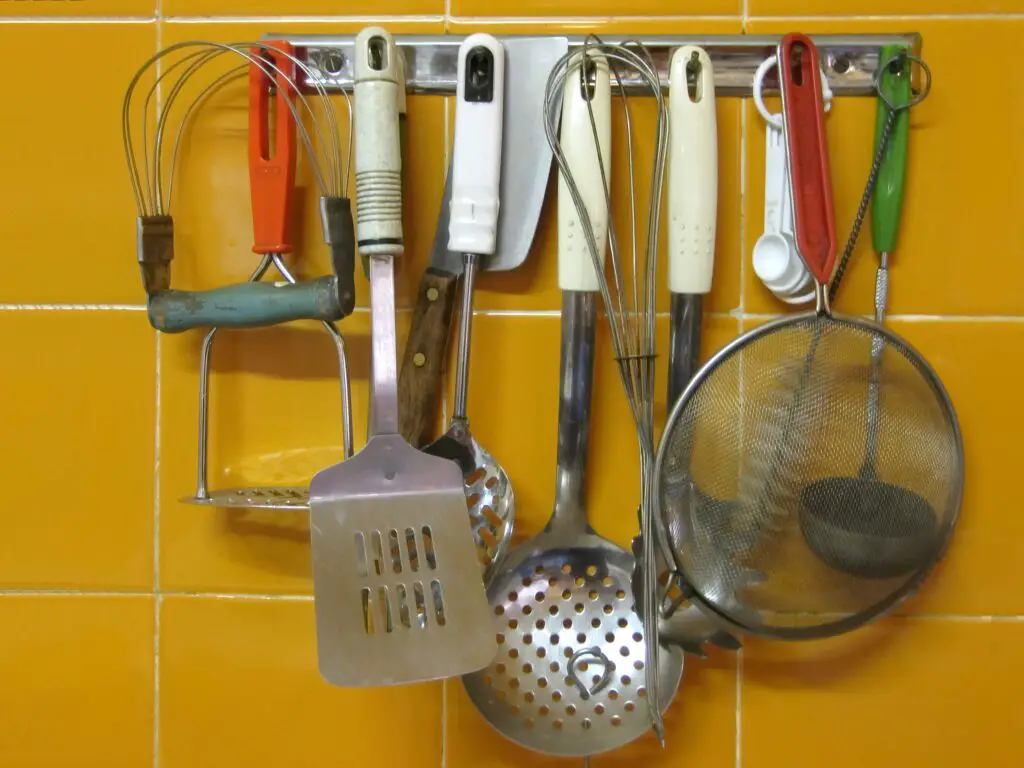
You won’t find five spatulas or three can openers in a minimalist kitchen. These homes keep only what gets used regularly and let go of the rest. Tools that multitask are favored over single-use gadgets. Every drawer has breathing room—and purpose. As noted by Good Housekeeping, minimalist kitchens often focus on tools that serve multiple functions. This helps keep things simple and ensures that everything you own has a clear and meaningful purpose.
It also makes cooking more enjoyable when you’re not digging through clutter. Clean drawers make the whole kitchen feel more intentional. Instead of hoarding backups, minimalists trust that what they have is enough. And if it breaks, they replace—not store for “just in case.”
3. Old or Unused Electronics
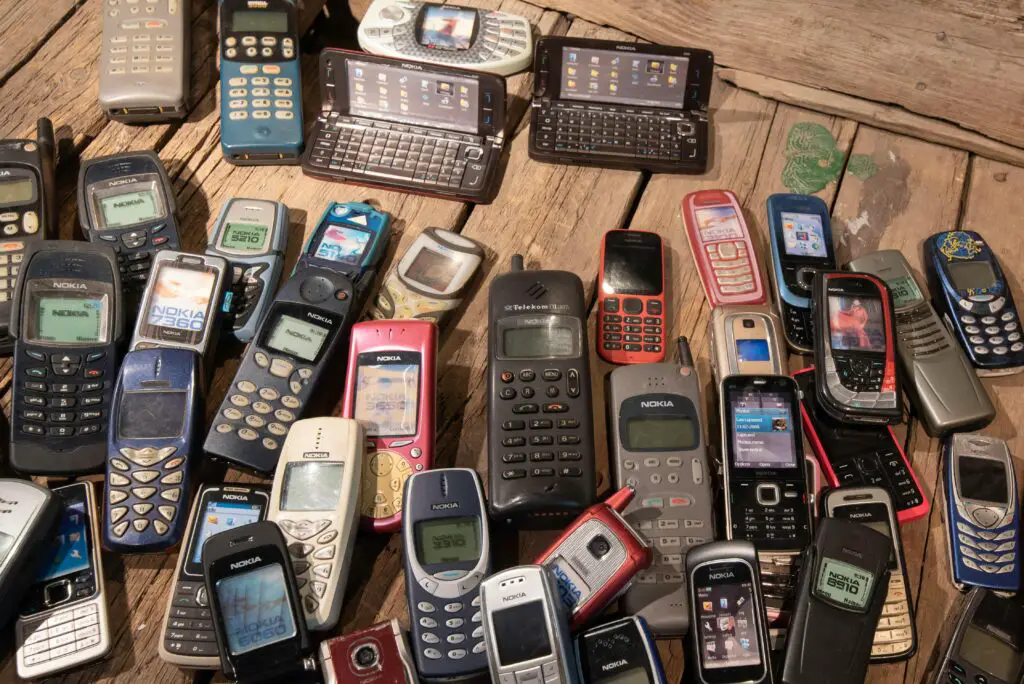
Chargers for phones you no longer own, ancient laptops, or broken headphones have no place in a minimalist home. These items take up space without offering value. They’re either donated, recycled, or responsibly disposed of. Out of sight and out of mind, for good. According to Apartment Therapy, clearing out old electronics not only frees up space but also helps keep your home feeling fresh and organized. This prevents the stress of having outdated devices cluttering up your home.
Digital clutter contributes to mental clutter too. If it hasn’t been used in six months, it’s probably just weighing you down. Letting go of these items creates both physical and mental clarity. Plus, it opens up drawers and shelves for the tech you actually use.
4. Excess Throw Pillows
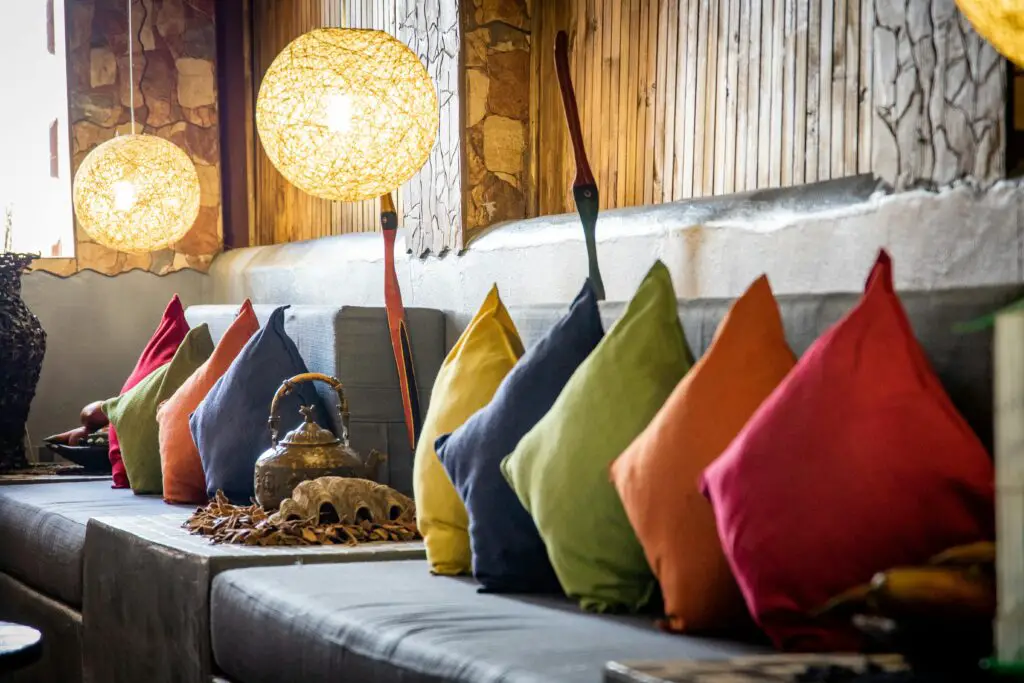
Sure, pillows can be cozy and stylish—but too many quickly look messy. Minimalist homes use them sparingly to enhance a space, not overwhelm it. One or two pillows per sofa or chair is usually plenty. They’re often neutral and selected with intention. As recommended by Marie Kondo, only keep items that “spark joy,” and pillows should be no exception. Minimalist spaces prioritize calm over comfort clutter.
Too many textiles invite clutter and require constant fluffing or rearranging. Minimalists value function and calm over excess. The goal is an open space that’s easy to maintain. Pillows are accents, not focal points.
5. Outdated Decor
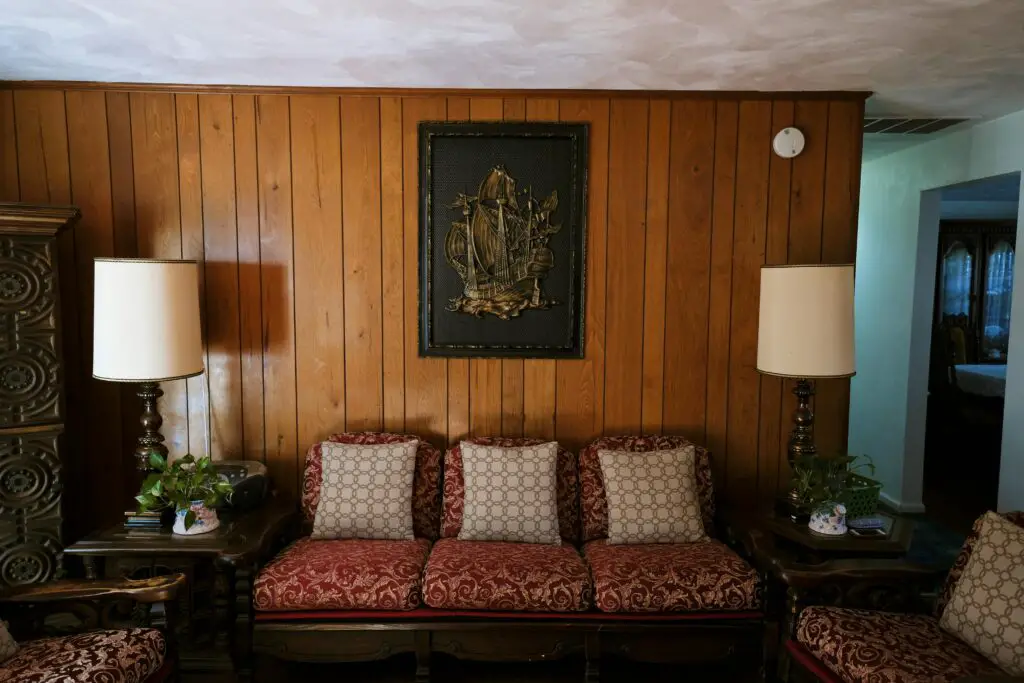
Seasonal or trendy decorations that no longer match the home’s aesthetic are the first to go. Minimalist homes prioritize timeless pieces that work year-round. When something feels dated or out of sync, it’s donated or passed on. This helps the space feel fresh without constant redesign.
Decor items are carefully chosen and often hold personal meaning or aesthetic balance. They aren’t just there to fill a corner or shelf. This restraint keeps rooms from feeling chaotic or overly busy. The result is a space that feels calm, not crowded.
6. Overflowing Key Bowls
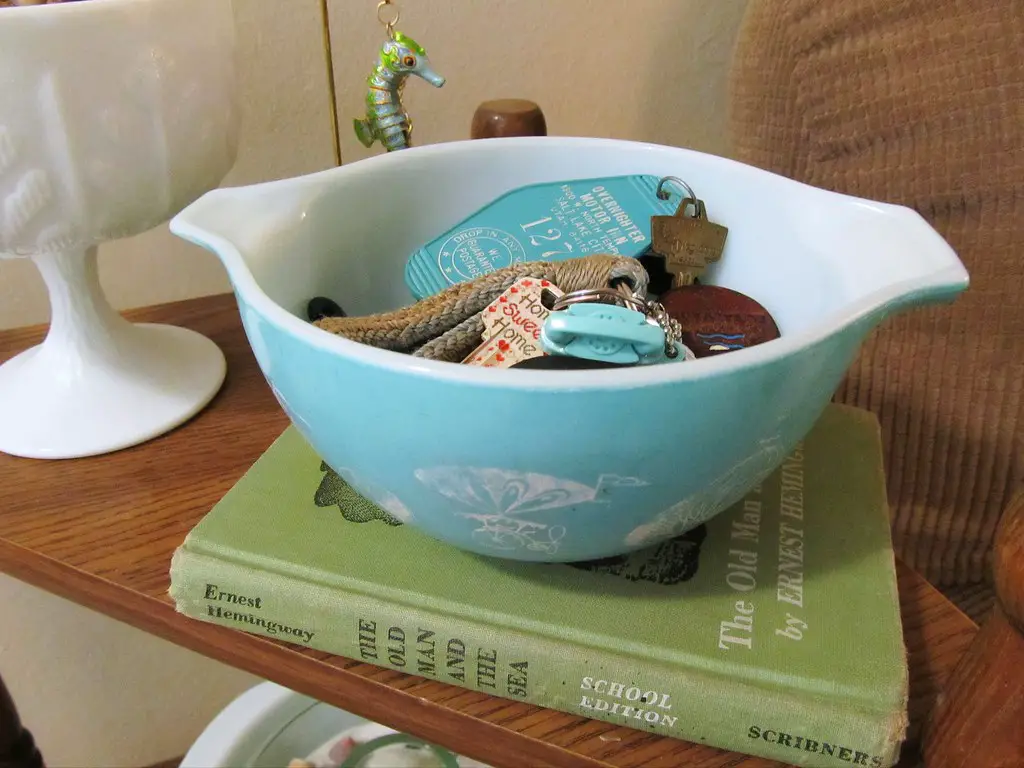
A minimalist entryway is free of random keys, sunglasses, coins, or mystery objects. Instead of a catchall bowl that becomes a junk pile, there’s a small tray or drawer for essentials only. Keys, wallet, and maybe sunglasses—that’s it. Everything else lives elsewhere or doesn’t come in the door.
This system reduces stress when leaving the house. No more digging or sorting while rushing out. It also makes the first view of the home feel intentional. Clutter-free entrances set the tone for what’s inside.
7. Unused Fitness Equipment
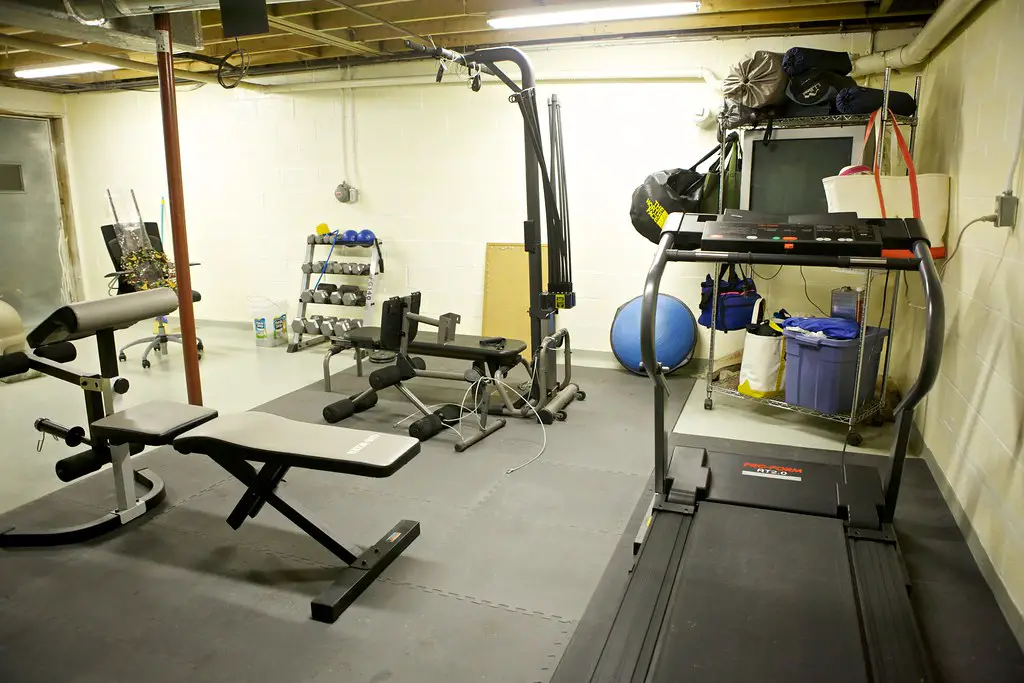
Treadmills-as-clothes-racks and dusty hand weights don’t belong in a minimalist home. If it’s not used regularly, it’s sold, donated, or given away. Space is too valuable to be held hostage by guilt purchases. Instead, minimalists invest in activities they genuinely enjoy.
Whether that’s walking outdoors or taking a yoga class, they prioritize movement that fits their lifestyle. If equipment is used, it’s stored intentionally—never abandoned in a corner. Letting go of the “maybe someday” treadmill brings instant relief. And extra square footage.
8. Expired Beauty Products
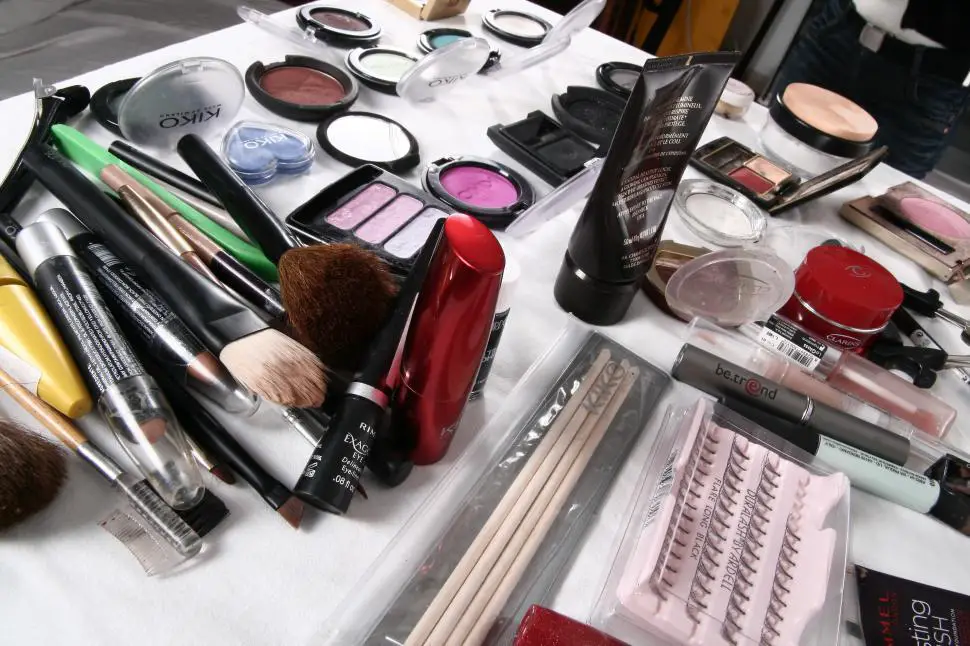
Bathroom drawers in minimalist homes are blissfully clean. Expired moisturizers, half-used serums, and dried-out nail polish bottles are cleared out often. Only current, useful items make the cut. The result is a space that feels like a calm retreat, not a cluttered cabinet.
This approach makes daily routines smoother too. No digging through outdated clutter or trying to remember if a product still works. Minimalists value both time and space—so they simplify where they can. A quick bathroom cleanout is an easy place to start.
9. Broken or Chipped Items
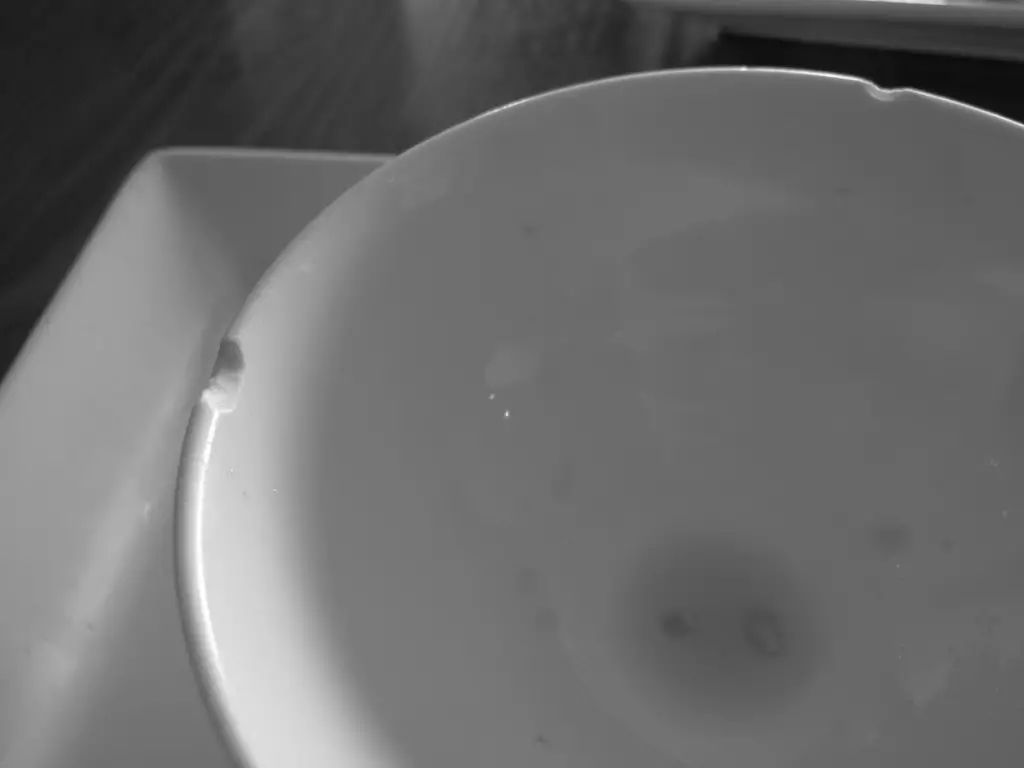
Minimalist homes don’t hang on to broken dishes or chipped mugs “just in case.” These items create subtle stress and visual clutter. If it’s damaged, it’s tossed or replaced. Even sentimental items are either repaired or respectfully let go.
There’s a quiet power in surrounding yourself with things that are whole. Minimalists believe that everything in a home should add to its sense of calm. Broken items do the opposite. A home free of damage feels more intentional and complete.
10. Stacks of Unread Magazines
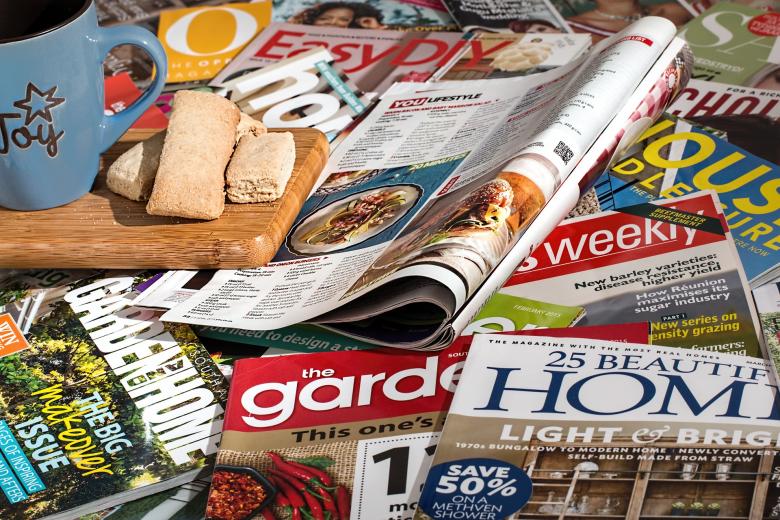
Keeping up with subscriptions can quickly turn into a guilt-inducing paper pile. Minimalists either read an issue quickly or unsubscribe entirely. A few curated coffee table books or one current magazine is plenty. Less really is more.
When there’s no backlog, reading becomes a pleasure again—not a chore. It also means cleaner surfaces and more room for useful items. Minimalist homes keep only what inspires or informs them now. Everything else is recycled and moved on.
11. Clothing That Doesn’t Fit
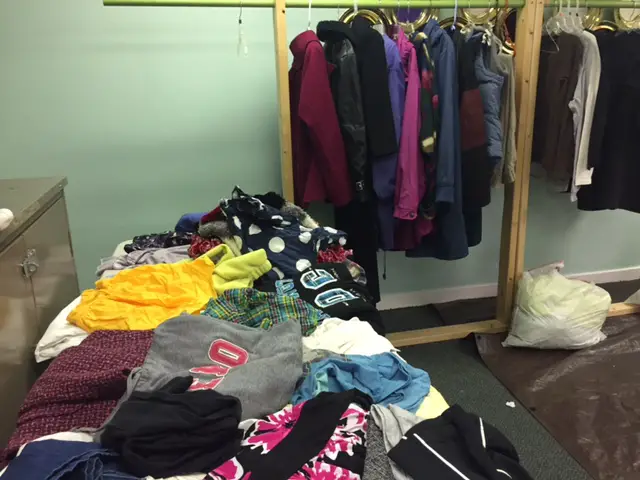
Closets in minimalist homes are surprisingly roomy—and that’s because they don’t hold pieces that no longer serve. Clothes that are too tight, too loose, or simply unworn are donated or resold. Instead of waiting for a “someday,” minimalists focus on the now. Every piece earns its space.
This creates ease when getting dressed and removes daily decision fatigue. It also encourages a more honest relationship with your wardrobe. Minimalists value quality over quantity, and fit is part of that quality. Fewer clothes, better choices.
12. Freebies and Swag

Tote bags from events, pens with logos, or branded stress balls often sneak into our homes without a second thought. Minimalist homes don’t let them stay. Unless something is genuinely useful and beautiful, it’s politely declined or removed quickly. These items create clutter without adding value.
Saying no to free stuff is a surprisingly empowering habit. It helps maintain control over your space. Minimalists understand that “free” can still cost you—in time, energy, and peace. Their homes reflect that awareness.
13. Multiple Sets of Linens
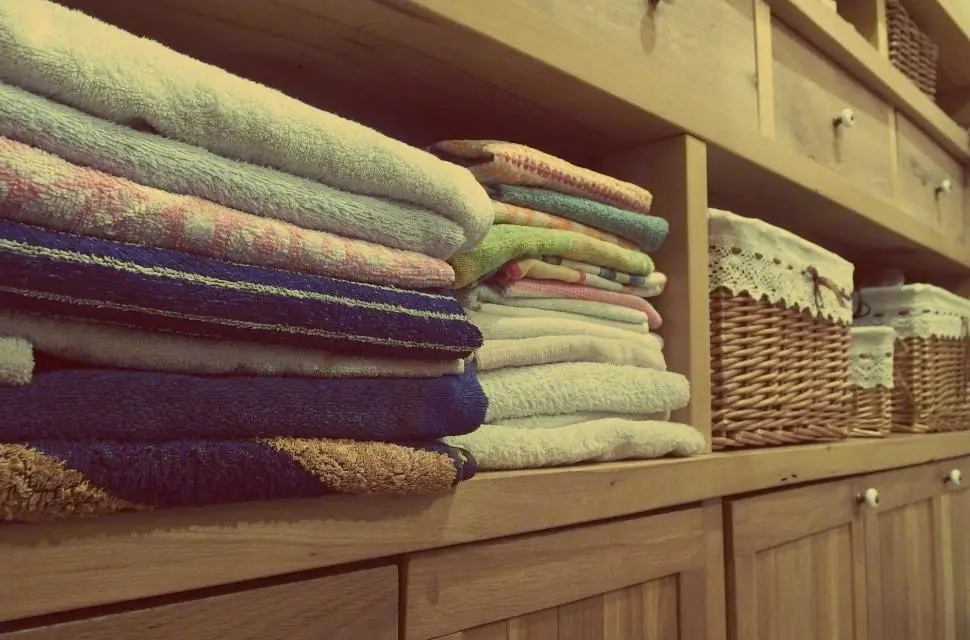
There’s no need for five sets of sheets per bed. Minimalists usually keep two—one for the bed, one in the wash. Towels follow the same rule. Extras are donated, and linen closets stay neat and spacious.
This makes laundry simpler and storage easier to manage. It also reduces the need for overstuffed bins or bursting drawers. Minimalism favors usefulness over abundance. And the linen closet finally closes without a fight.
14. Empty or Decorative Storage Bins
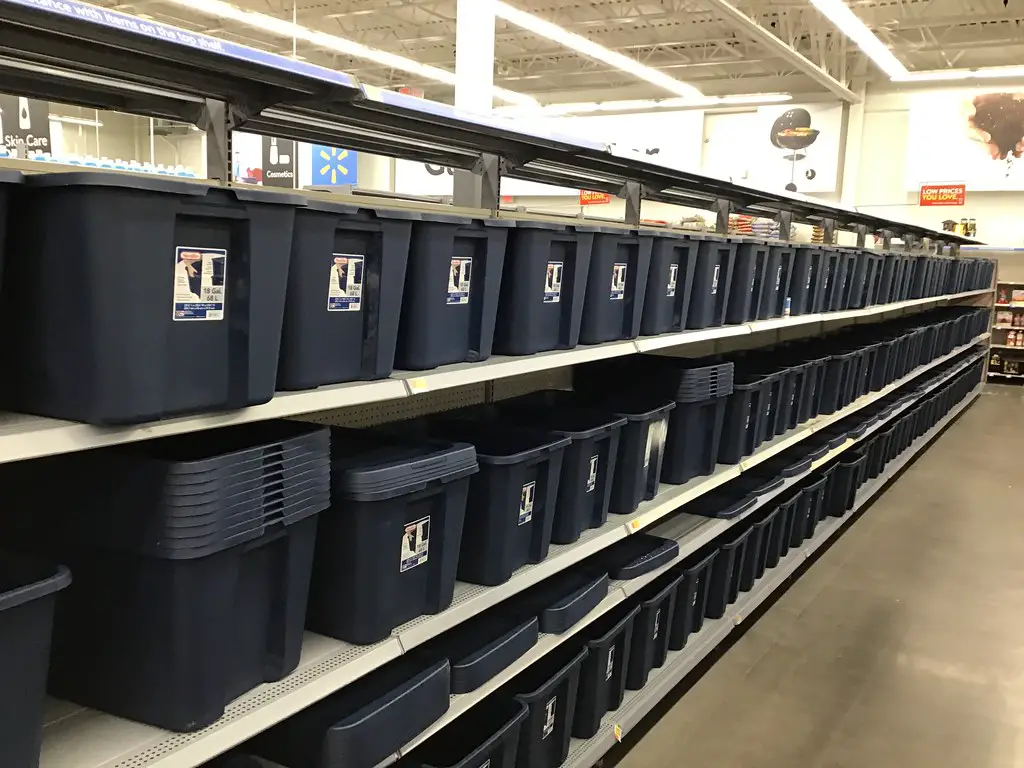
While many assume minimalists have tons of storage, they often need less of it. Empty bins, unused baskets, or purely decorative boxes take up space and gather dust. If it’s not holding something essential, it’s probably not sticking around. Storage exists to support, not to hide more clutter.
This also discourages the “out of sight, out of mind” approach to organization. Minimalists aim for clarity, not concealment. Their bins serve a clear purpose—or they’re out. It’s all about keeping the essentials and letting the rest go.
